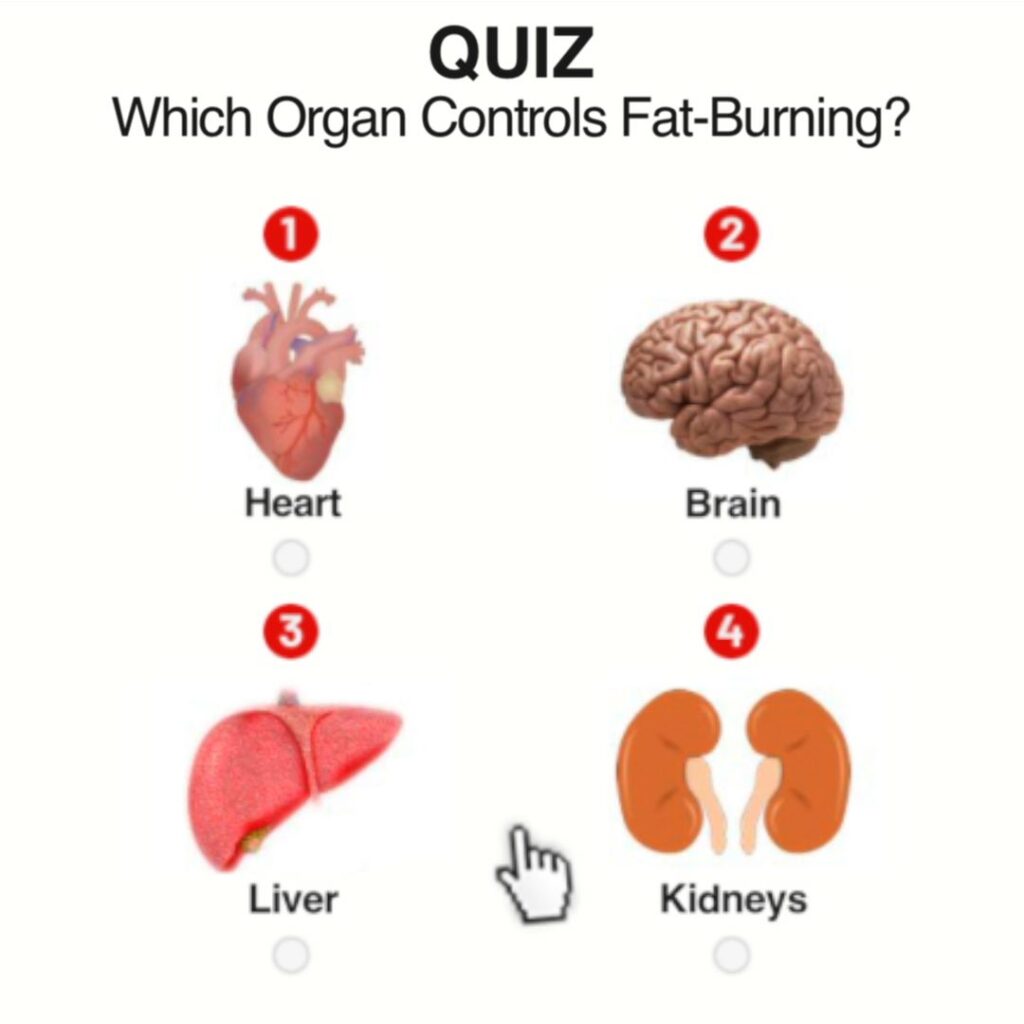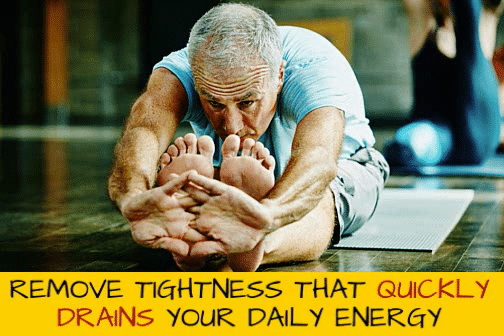
When exercise expert Walt Thompson asks people who are getting ready to retire to think back and tell him the last time they exercised regularly, most say it was when they were in high school or college.
“The typical retiree hasn’t had that much experience with regular exercise,” he says. They may move into a retirement community and think they can jump right into playing softball or golf or doing other moderately intense physical activities, says Thompson, 58, a regents’ professor of kinesiology and health at Georgia State University in Atlanta.
He tells them they can increase their physical activity, no matter how old they are. “I’ve consulted with 80- and 90-year-olds who started exercising because they wanted to regain some flexibility, endurance or strength. But I always caution folks to go to their doctor first and get a complete physical examination,” he says. People need to be evaluated for their risk of heart attack, stroke and orthopedic injuries.
Thompson also advises retirees to invest in several sessions with a certified fitness professional who can train them to do specific exercises to meet their fitness goals, whether it’s to play a better game of golf, be more active with their grandchildren or dance the night away with their partner. The trainer will help them reduce their risk of injuries.
Jordan Metzl, a sports-medicine physician at New York City’s Hospital for Special Surgery and author of The Exercise Cure, suggests that retirees find a physical activity that they really want to do and set a goal for themselves, such as doing a 5K walk, a swimming competition or ballroom dancing competition. Find a community of people who are doing the same thing so you have both social connection and motivation, he says. “A big part of the battle is having a community.”
There’s a laundry list of reasons for people to exercise regularly for their health’s sake. Studies show that exercise reduces the risk of early death, helps control weight and lowers the risk of heart disease, stroke, type 2 diabetes, depression, some types of cancer, anxiety disorders, cognitive decline and hip fractures. It can help improve sleep, memory, concentration and mood. Recent research showed physical activity may be as effective as medication in preventing early death in people who’ve had heart attacks or strokes.
A regular exercise program may help people reduce medications they are taking for conditions such as high blood pressure and high cholesterol under their doctor’s supervision, Metzl says. The benefits of exercise “kick in at 150 minutes a week.”
Innovative health clubs are already catering to retirees, who sometimes have both discretionary time and income that they want to spend wisely, says Thompson, the lead researcher on the American College of Sports Medicine’s annual trends report. It’s a survey of more than 3,800 fitness professionals who work in commercial, clinical, community and corporate gyms and health clubs.
Several of the top fitness trends for 2014 include ones that apply to retirees:
• Fitness programs for older adults. Many fitness professionals are creating age-appropriate fitness programs to keep older adults healthy and active, Thompson says. Some gyms are catering to older members during their slower times such as from 9-11 a.m. and from 2-4 p.m., he says. Gyms may turn down the loud music and stop the flashing lights and offer programs for these adults, he says.
“A 60-year-old who is 30 pounds overweight may not want to be walking on a treadmill next to a 25-year-old hard body who is running at a seven-minute-mile pace,” he says. The retirees would “rather be at the gym with someone who looks like them.”
• Functional fitness. This is closely related to special fitness programs for older adults. The goal of this trend is to use strength training — with free weights, machines or tried-and-true calisthenics — to improve balance, coordination, endurance and people’s ability to perform activities of daily living, such as carrying the groceries, reaching for things, getting in and out of chairs and the car, and going up and down the stairs, Thompson says.
“These exercises imitate activities of daily living.” For instance, you want to be strong enough to lift a 20-pound box out of the trunk of your car. And your strength can affect whether you can hit a golf ball for 200 yards or 175 yards, he says.
• Group personal training. Personal trainers who work with two or four people can offer deep discounts to each member of the group. This is especially helpful for retirees who will have “their buddies as personal motivators,” putting pressure on each other to show up, which helps with retention, he says.
All that said, walking is still the most popular exercise, Thompson says. Sometimes people walk with several others and hold each other accountable for walking regularly, he says. Walking briskly can improve endurance so people can engage in other activities without tiring, he says.
But some people who have joint pain in their hips, knees and ankles may prefer water aerobics, he says. “Water exercises remove the burden of carrying body weight, so for people who have arthritis or other joint pains they can get pretty much the same workout in the pool and not stress the joints.”
Metzl says people in their 60s and 70s “shouldn’t be intimidated to do strength training. It really helps strengthen your muscles and bones and reduces the risk of falling.”
Adds Thompson: “Retired folks often want to perform better whether it’s on the golf course or in the confines of their bedroom. A regular exercise program can improve both strength and endurance, both components of better performance.”
The government’s physical activity guidelines say:
• Adults should get at least 2½ hours of moderate-intensity physical activity each week, such as brisk walking, or 1¼ hours of a vigorous-intensity activity, such as jogging or swimming laps, or a combination of the two types, to get substantial health benefits from exercise. These aerobic activities can be done in short 10-minute bouts. To get even more health benefits, people should do five hours of moderate-intensity physical activity each week or 2½ hours of vigorous activity.
• Adults should do muscle-strengthening (resistance) activities at a moderate- or high-intensity level for all major muscle groups two or more days a week. This should include exercises for the chest, back, shoulders, upper legs, hips, abdomen and lower legs. The exercises can be done with free weights or machines, resistance bands, calisthenics that use body weight for resistance (push-ups, pull-ups, sit-ups), or carrying heavy loads or doing heavy gardening, such as digging or hoeing.
• Older Americans should follow the guidelines for other adults if they are able. If not, they should be as active as their physical condition allows. If they are at risk of falling, they should do exercises that improve balance.
• Adults with disabilities should also follow the guidelines for other adults as they are able.
Some examples of moderate-intensity activities for adults:
• Walking briskly, 3 miles an hour or faster
• Water aerobics
• Bicycling slower than 10 miles per hour
• Tennis (doubles)
• Ballroom dancing
• General gardening
Vigorous-intensity activities for adults:
• Jogging, running
• Swimming laps
• Tennis (singles)
• Aerobic dancing
• Bicycling 10 miles an hour or faster
• Jumping rope
• Heavy gardening, continuous digging and hoeing so that heart rate increases
• Hiking uphill or with a heavy backpack
P.S. Whether you are young or an older adult, it is imperative that you start and continue an exercise program that will strengthen the body to deal with the stresses of life. As a sixty plus individual, I have enjoyed a healthful life for years and hope to continue doing so for years to come all because I have adopted an exercise routine that includes cardiovascular and resistance movements.
P.P.S. Visit exercises for diabetics today to find out how you can also do it.






